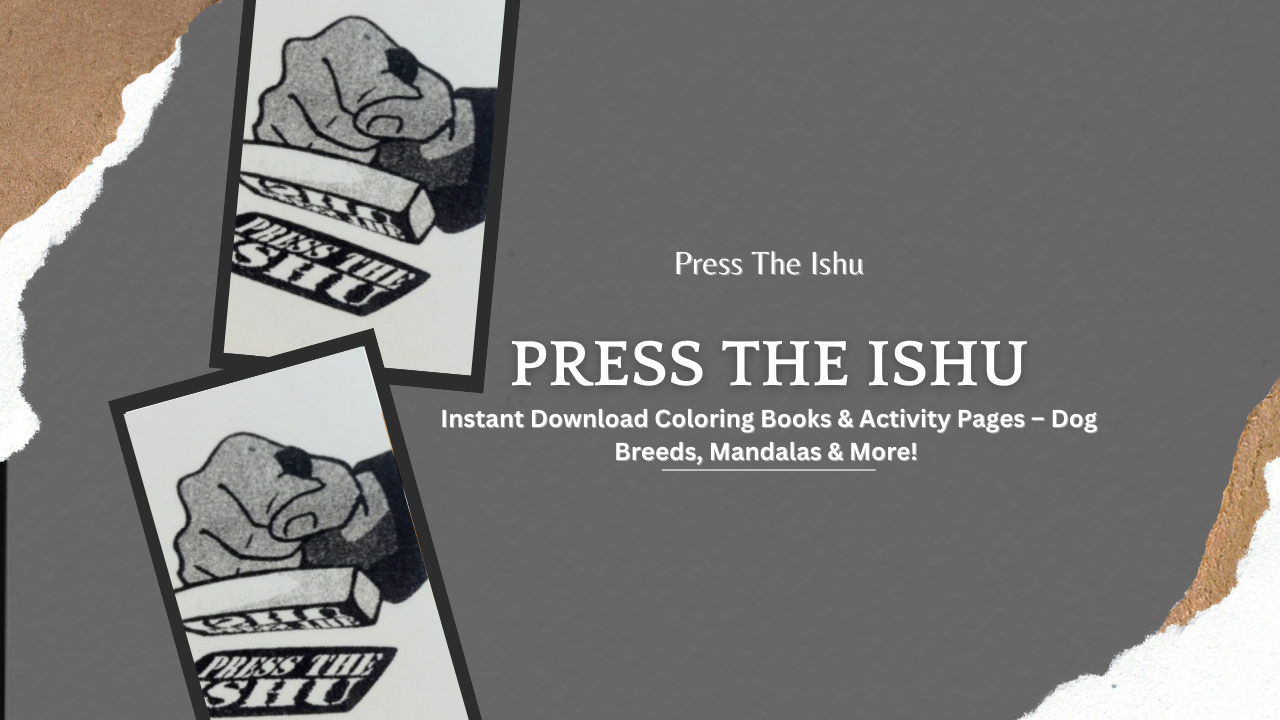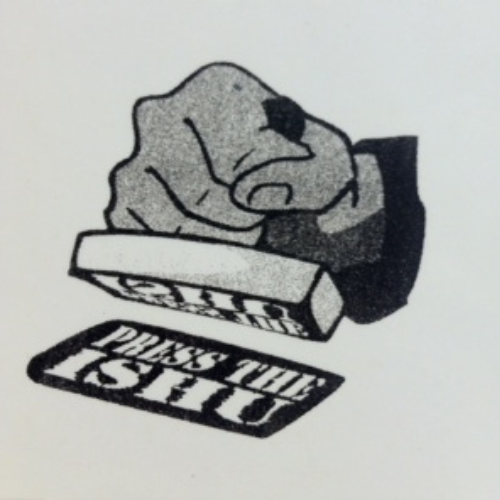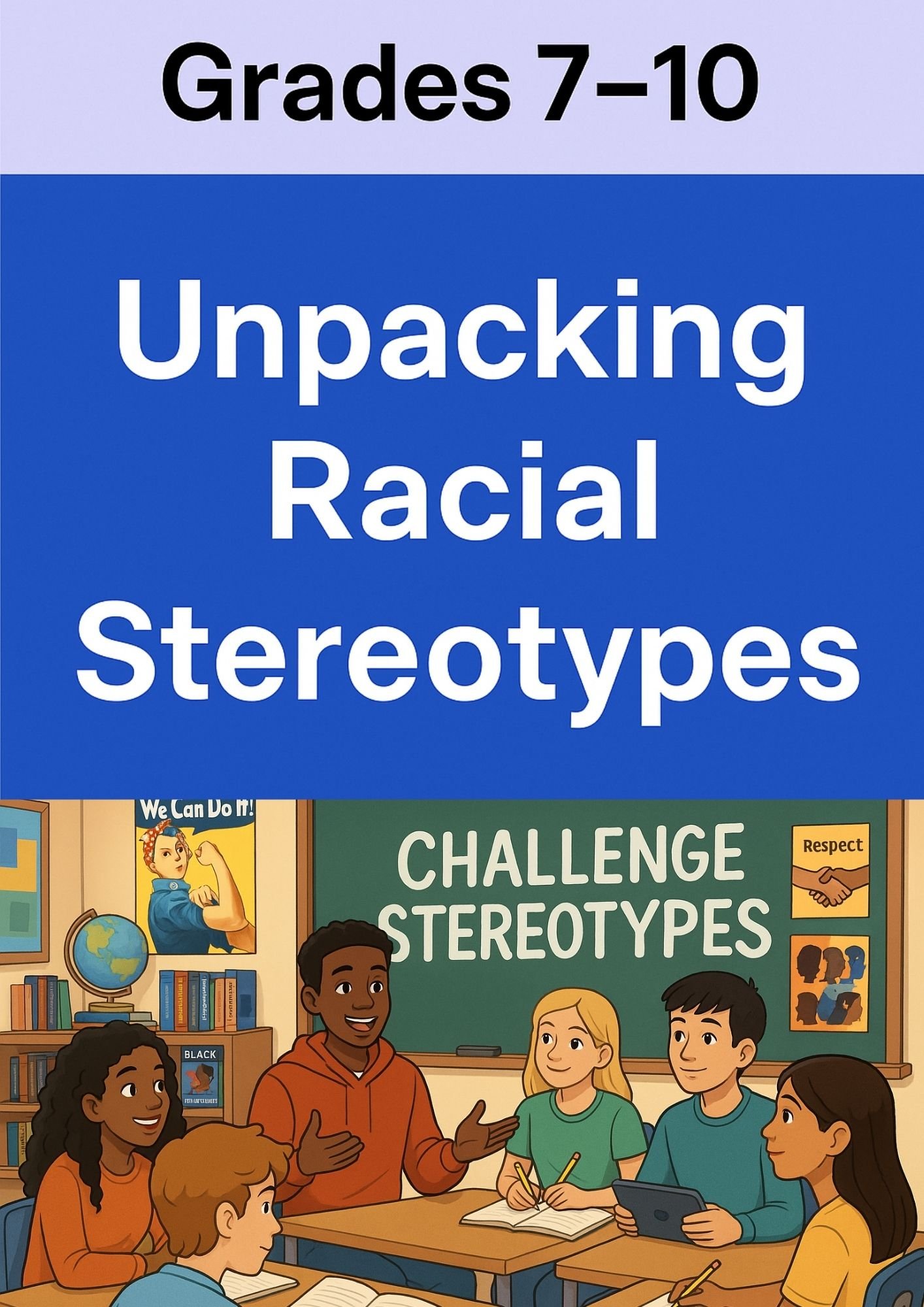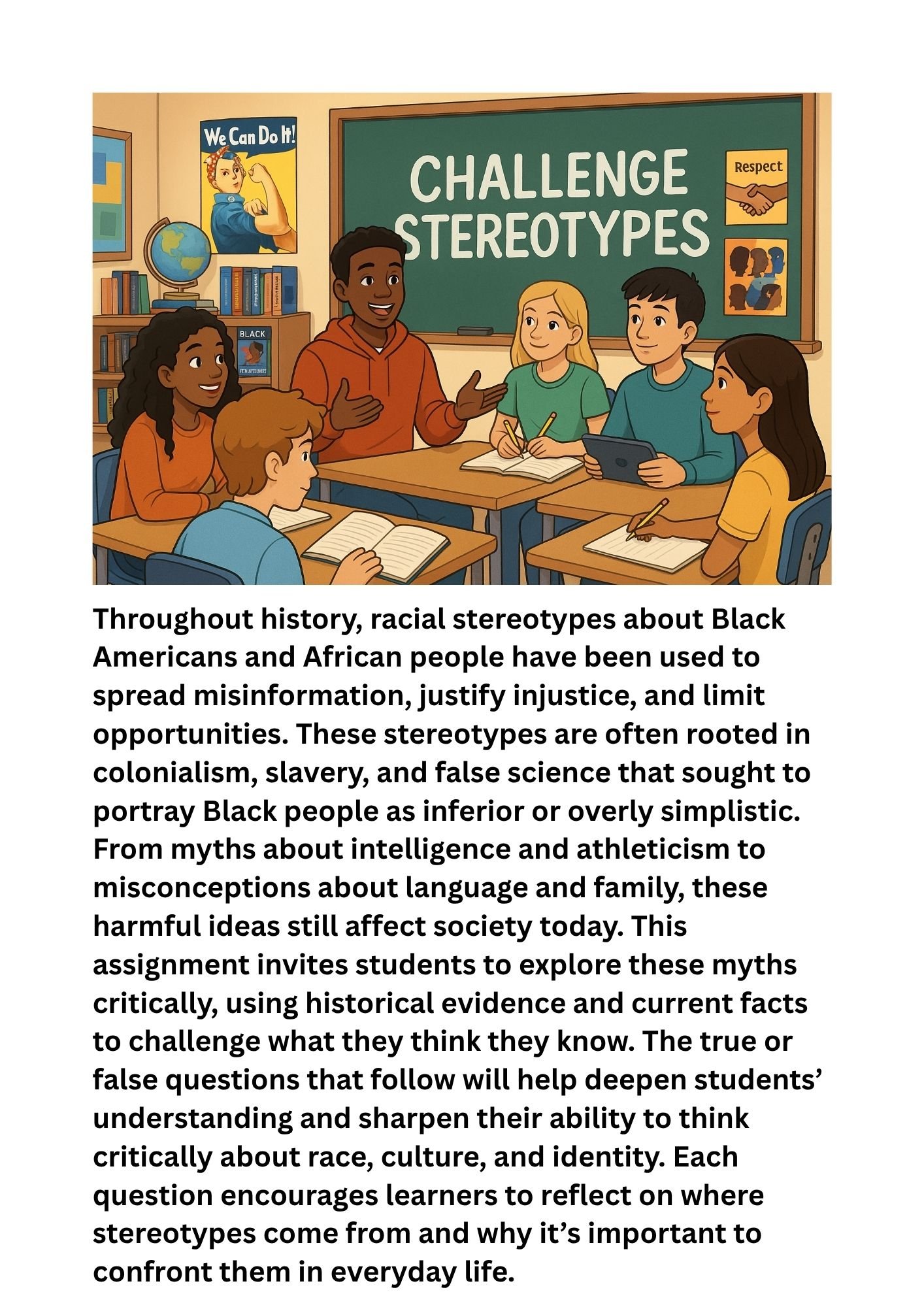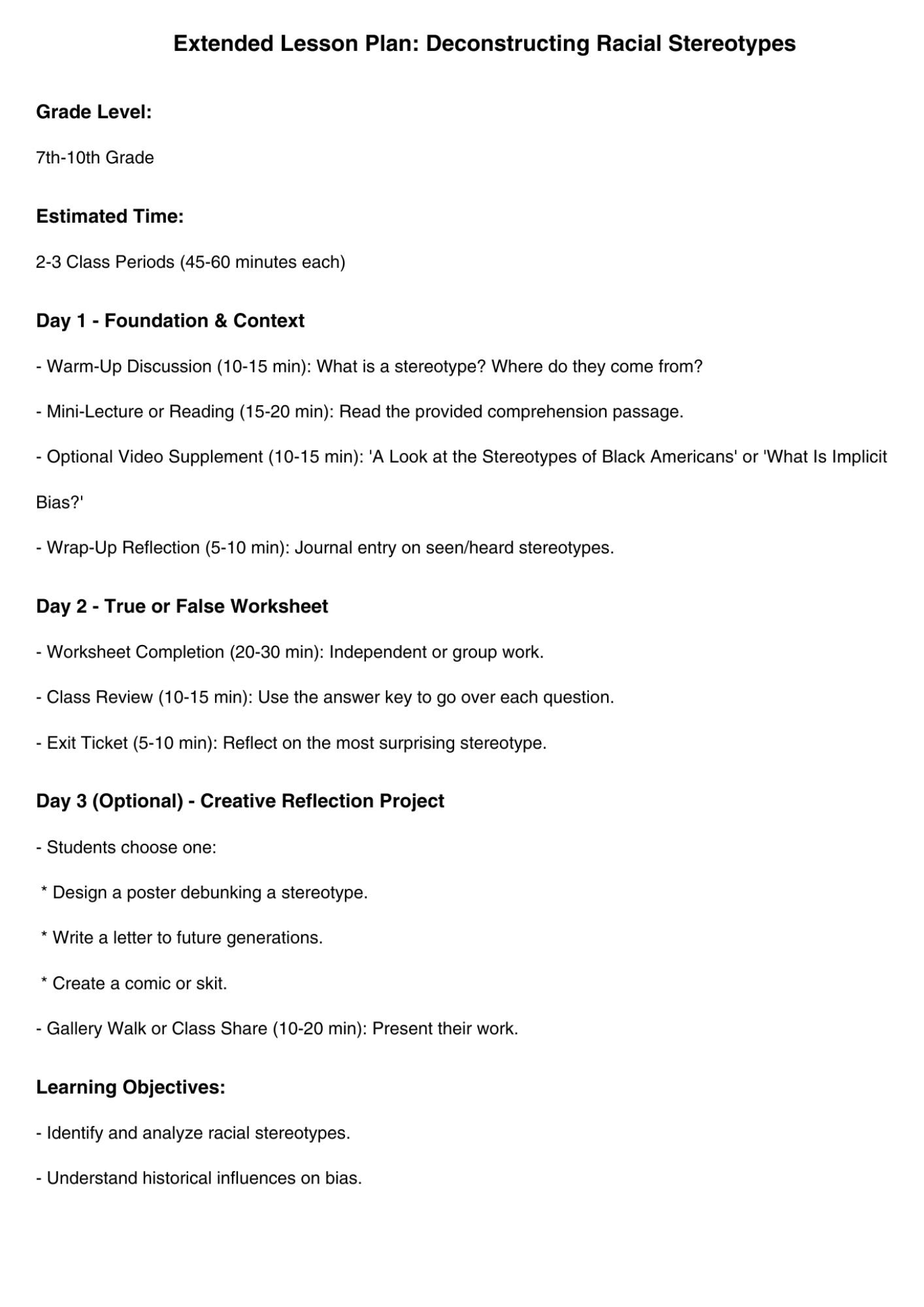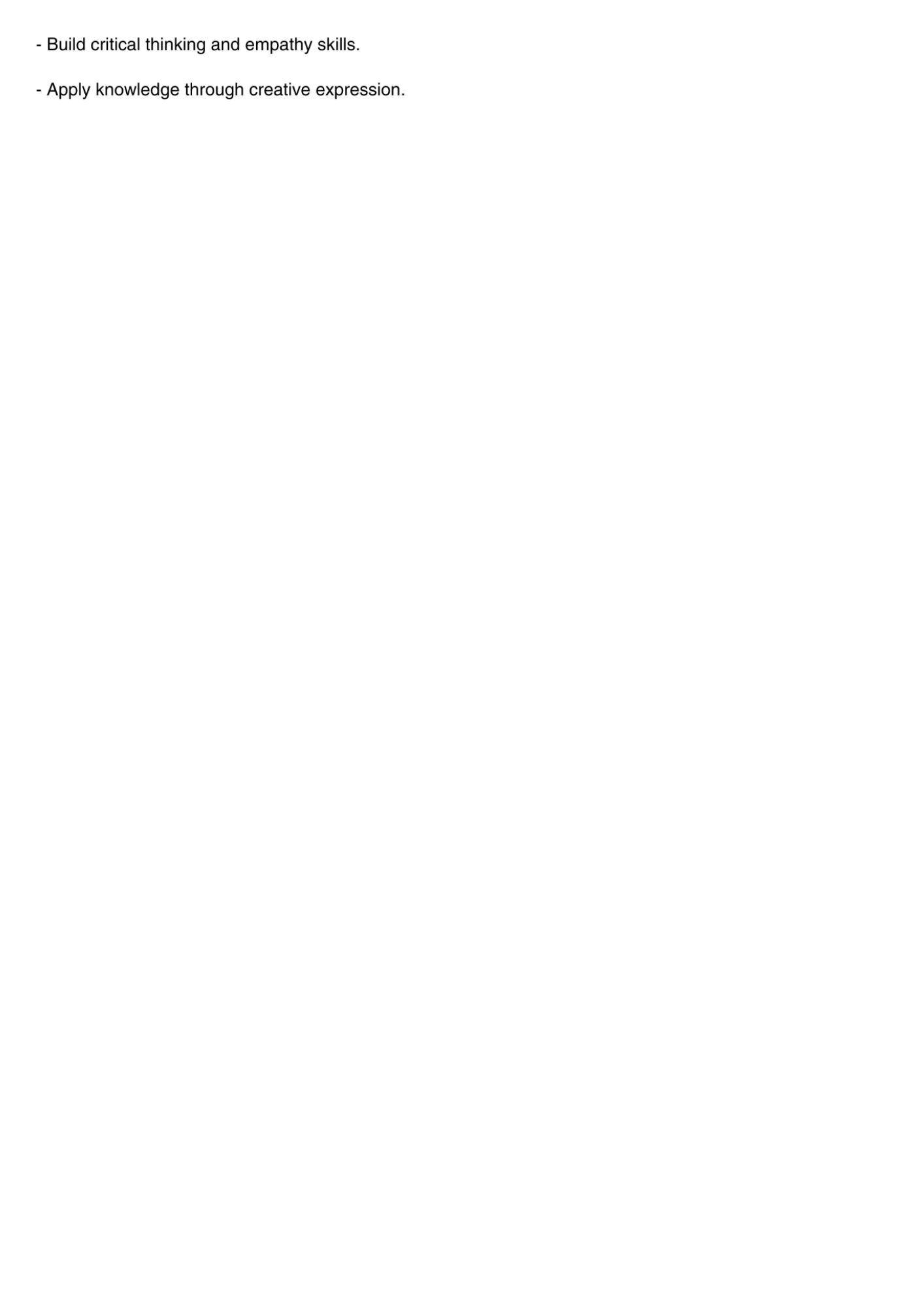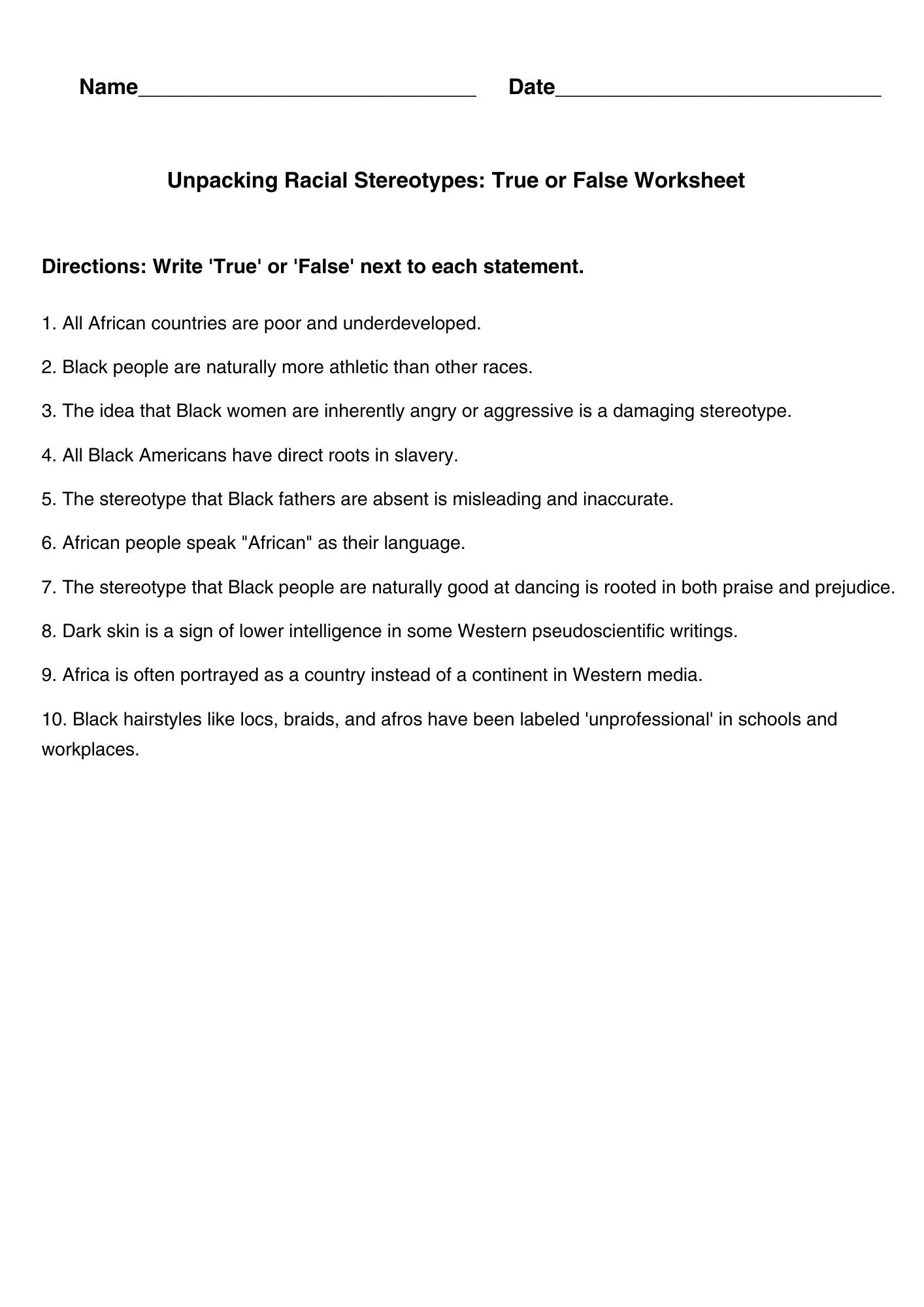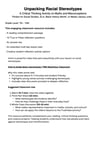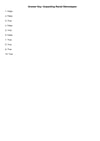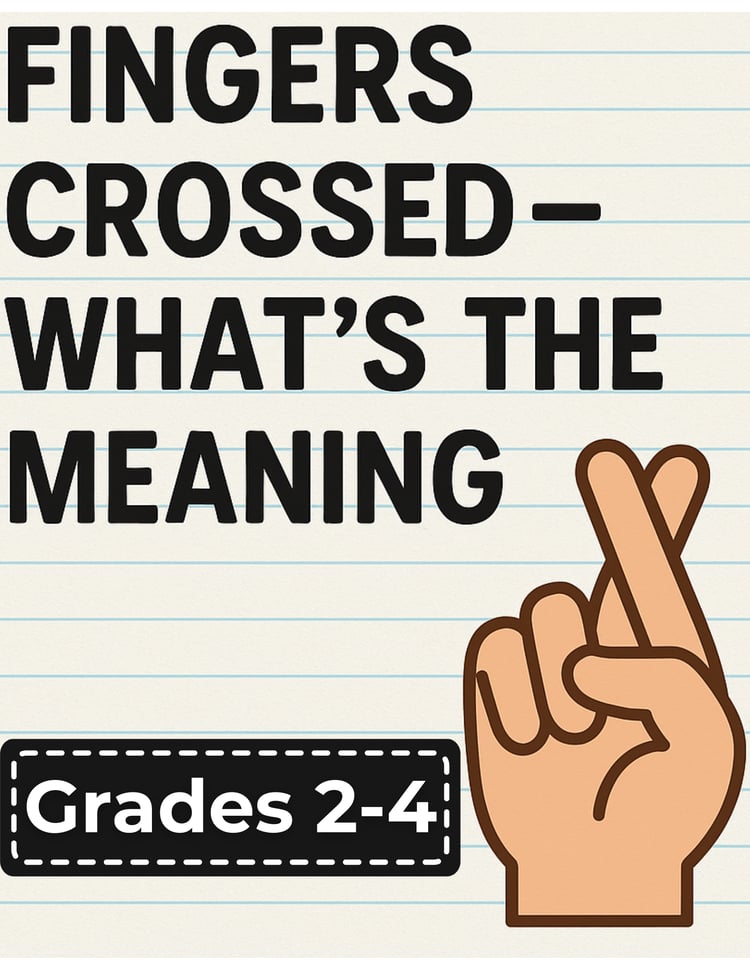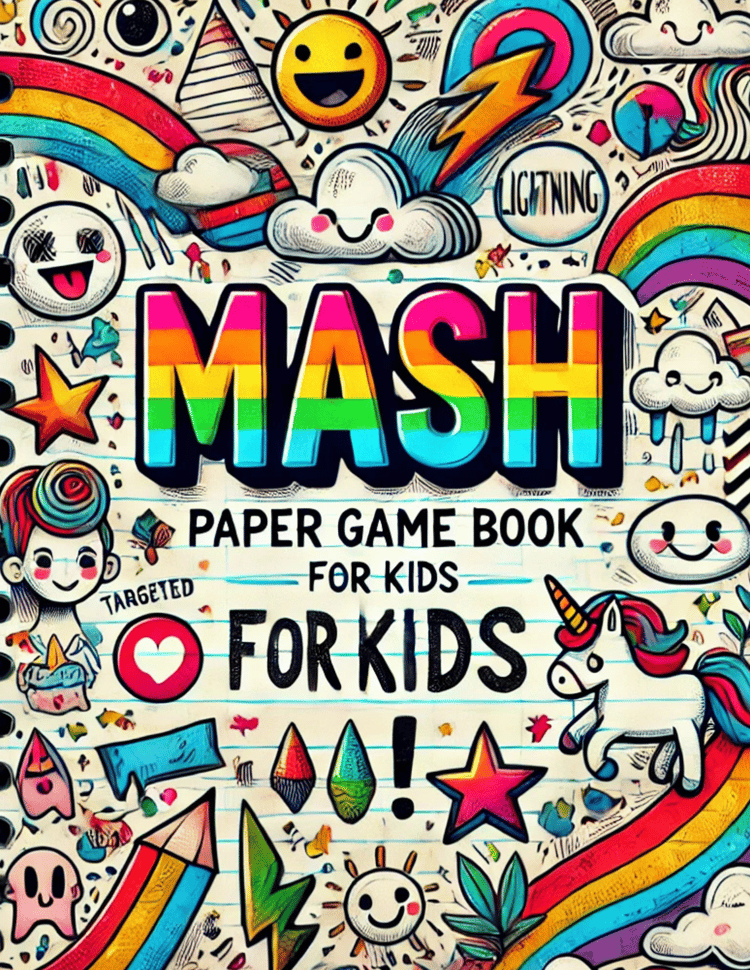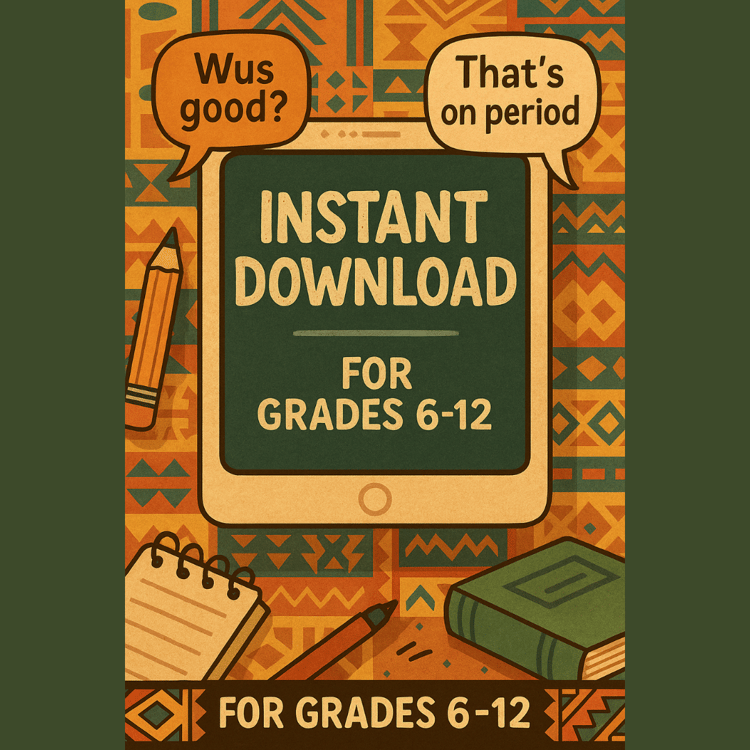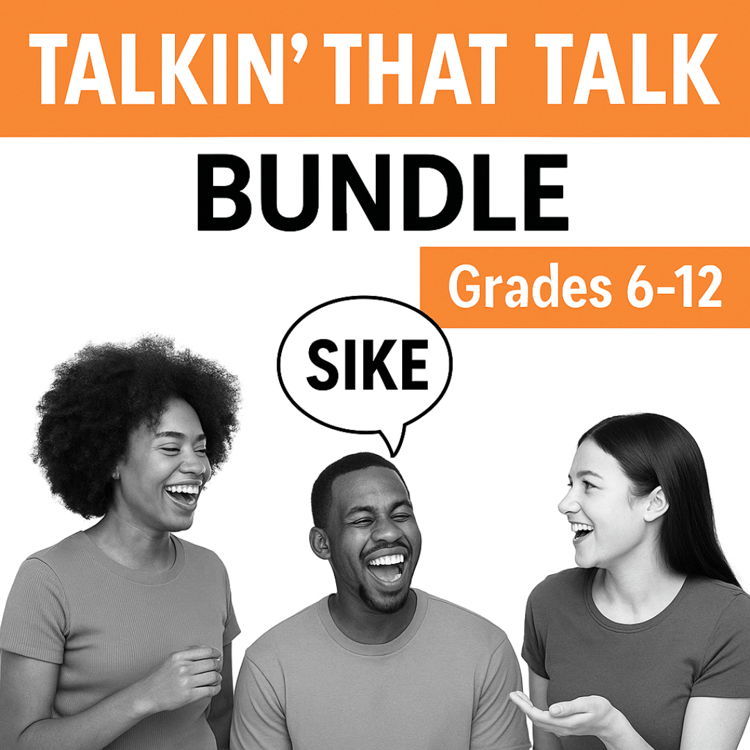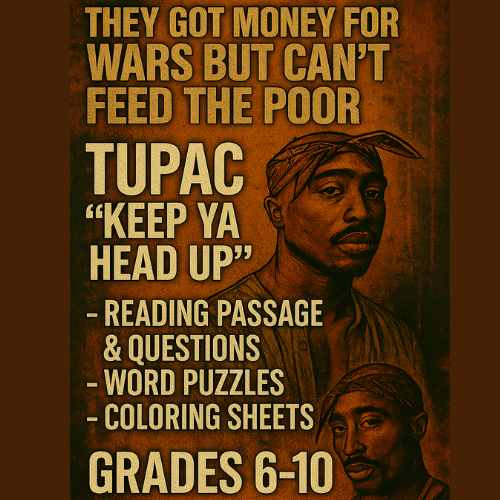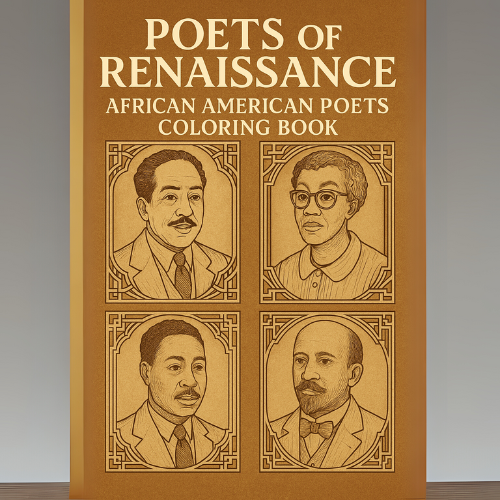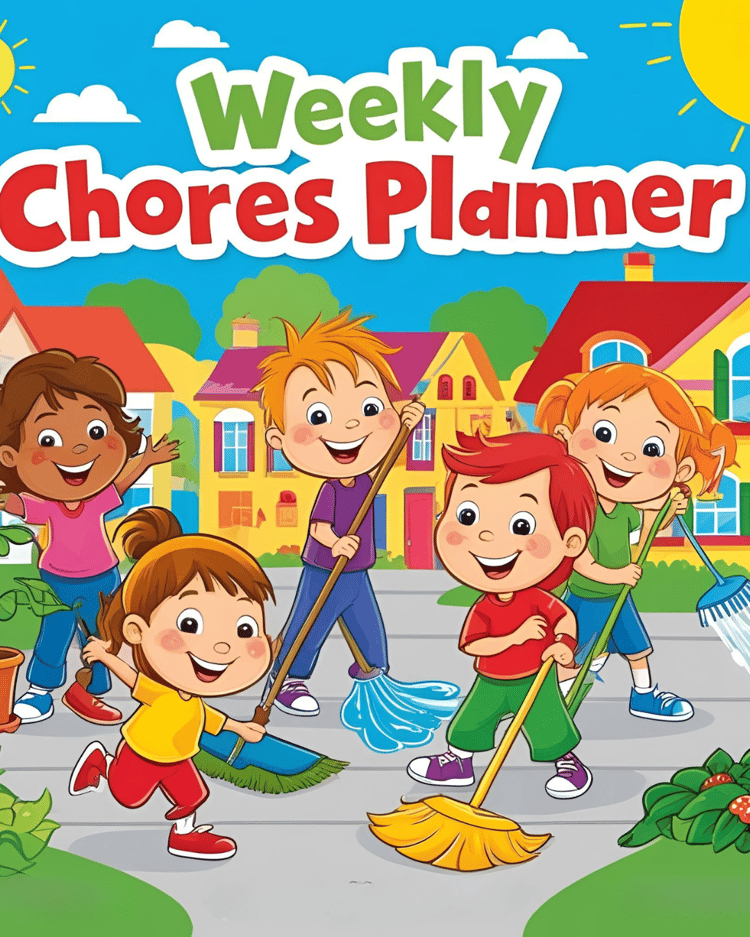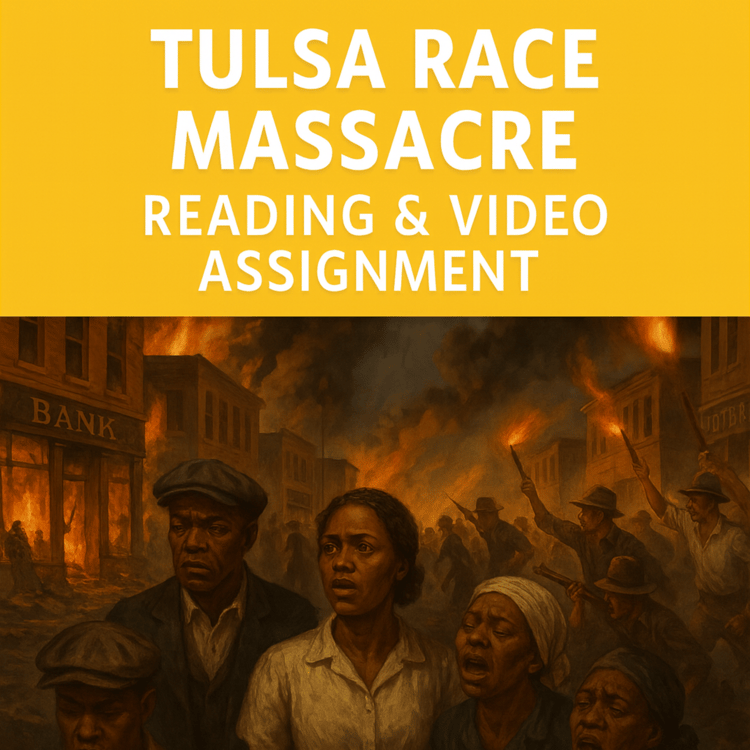Unpacking Racial Stereotypes: A True or False Critical Thinking Activity
Challenge your students to think deeply, reflect honestly, and confront harmful myths with this engaging, standards-aligned lesson focused on racial stereotypes about Black Americans and African people. This critical thinking activity is designed to spark thoughtful classroom conversations and build cultural awareness, media literacy, and historical understanding.
Perfect for Black History Month, Social Studies, ELA, Media Literacy, or Equity units, this resource guides students in analyzing the origins, impact, and persistence of racial stereotypes.
✅ What’s Included:
- ✍️ A 200-word Reading Comprehension Passage introducing the topic
- ✅ 10 True or False Questions
- 🧾 Answer Key
- 📘 Extended Learning Activities for up to 3 class periods
- 🎨 Optional Creative Reflection Prompts
- 📄 Cover Page + Printable Student Worksheet
- 📎 PDF Format – ready to print or use digitally
🏫 Recommended For:
- Grades 7–10
- Social Studies, English Language Arts, History, Advisory, or Homeroom
- Culturally responsive teaching and inclusive curriculum
Help students break down what they've heard, what they believe, and what the facts really say. Equip them with knowledge, empathy, and the power to think critically.
Here’s a powerful video that pairs beautifully with your lesson on racial stereotypes:
How to break down stereotypes | PBS NewsHour Classroom
Why this video works well:
- It’s concise (about 5–7 minutes) and student-friendly.
- Highlights young voices actively challenging stereotypes.
- Includes clear discussion prompts to deepen reflection.
Suggested Classroom Use:
- Watch (5–7 min): View the video together.
- Think-Pair-Share (10 min):
- What stereotypes did students identify?
- How do they challenge these in their everyday lives?
- Whole-Class Discussion (10–15 min):
- What makes representation important in media, schools, and culture?
- How can we apply the video’s lessons to the True/False activity?
This resource perfectly complements your reading, critical thinking questions, and creative projects—helping students understand how real people push back against stereotypes and misinformation.
Learning Standards
🌍 C3 Social Studies Standards (Grades 6–12)
D2.His.1.6-8 / D2.His.1.9-12
“Analyze connections among events and developments in broader historical contexts.”
➡️ Connects stereotypes to slavery, colonization, and present-day consequences.
D2.Civ.2.6-8 / D2.Civ.2.9-12
“Explain specific roles played by citizens… in the constitutional democracy of the United States.”
➡️ Encourages civic responsibility and understanding of social equity.
D2.Civ.10.6-8 / D2.Civ.10.9-12
“Explain the relevance of personal interests and perspectives when people address issues.”
➡️ Students explore how identity shapes their view of stereotypes and justice.
